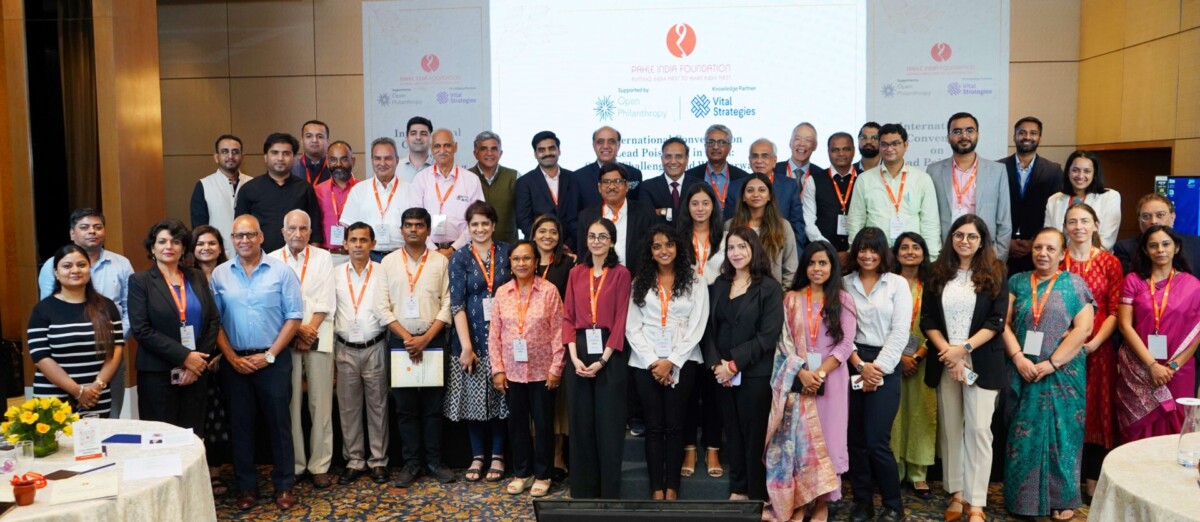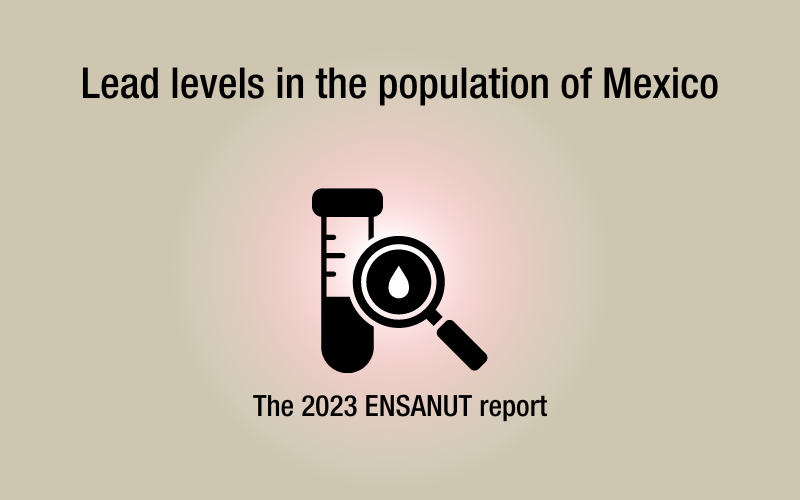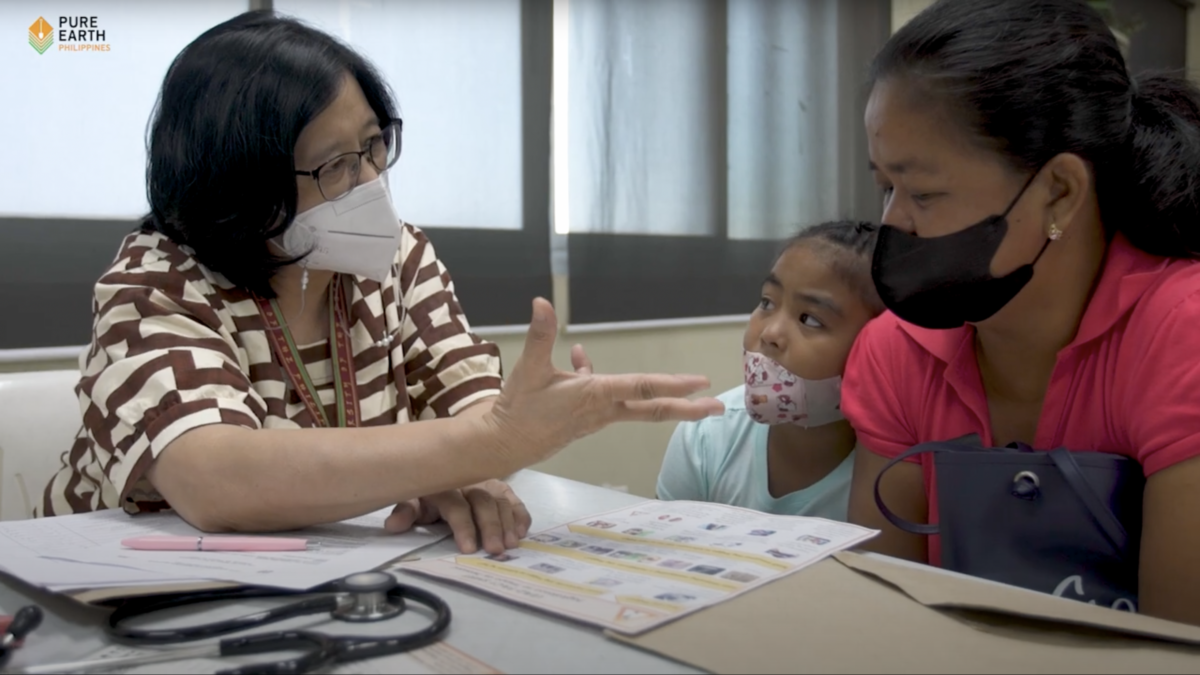June 13, 2014, New York, NY–The Global Alliance on Health and Pollution (GAHP) has released a new analysis of data that points to pollution as the largest factor in disease and death in the developing world, killing more than 8.4 million people each year. But pollution has a low priority in the current draft of the Sustainable Development Goals (SDG), the U.N.’s new plan for development assistance for the next 15 years.
The analysis, based on new data from the World Health Organization (WHO) and others, determine that 7.4 million deaths were due to pollution sources from air, water, sanitation and hygiene. WHO figures released in May 2014 count deaths from outdoor and indoor air pollution at 6.58 million; water contamination, lack of sanitation and hygiene at 842,000.
The analysis by GAHP attributes an additional one million deaths to toxic chemical and industrial wastes from large and small producers in formal and informal sectors of economies in poor countries.
The total number of deaths, 8.4 million, is largest death factor in the world. In fact, pollution causes almost three times more deaths than malaria, HIV/AIDS and tuberculosis combined(1.5 million deaths from HIV; 600,000 from malaria; and 900,000 from tuberculosis).
GAHP members worldwide have come together to urge the U.N. to spotlight pollution in the SDGs (see the growing list of supporters). A position paper and a draft of GAHP’s proposed revised SDG text have been created. These will be presented to the Open Working Group of the SDGs, meeting in New York City next week.
Spotlighting the Largest “Invisible” Killer in the Developing World
“There is a reason why pollution is sometimes called the invisible killer,” says Richard Fuller, President of Pure Earth/Blacksmith Institute. “While it is the single largest risk factor, unfortunately, its impact is difficult to track because health statistics measure disease, not pollution.”
Fuller adds, “Pollution causes diseases like cancers, lung infections, and heart disease amongst others. Hospitals don’t measure what caused those diseases. But contaminated water, soil and air result in millions of additional diseases and deaths. These are deaths we can avoid, if we prioritize addressing pollution.”
Fernando Lugris, Ambassador and Deputy Director, Ministry of Foreign Affairs, Government of Uruguay adds, “The problem is that the current SDGs include mention only of air pollution in the health goal and ignore other causes like chemicals and waste. Since the SDGs will determine what the world pays attention to and funds over the next fifteen years, the importance of having all forms of pollution addressed is enormous. The SDGs set the agenda. We need to make sure pollution is adequately covered.”
John Pwamang of the Ghana Environment Protection Agency notes, “We have identified over 200 places with contaminated air, soil or water that are putting at risk some 6 million people. These include places with lead poisoning from recycling used lead-acid or car batteries, and e-waste dismantling areas, where cables are burnt in the open air and the toxic smoke poisons whole neighborhoods. Plus we have poor sanitation in our villages, and air pollution from vehicle exhausts in our cities.”
For Vast Majority of Deaths in Poor Countries, Solutions are Available
It is no surprise that the overwhelming majority of deaths from pollution are in low and middle-countries, where the world’s worst polluted places are located. The Poisoned Poor, like Seynabou Mbengue who lost five of her children to pollution, are unable to move to less polluted communities or escape from the toxic jobs that sustain them economically.
In the U.S., like other western countries, life-threatening pollution is mostly a thing of the past. The U.S. has well-developed legislative and regulatory systems, and technical expertise to deal with the problem.
Now, the task is to transfer technical know-how from the wealthy countries to those in need; poorer countries with millions of deaths and diseases that can and should be avoided. GAHP was created to undertake this exact mandate.
A comprehensive approach to all forms of pollution is critical. Many communities in poor countries are assaulted simultaneously with different combinations of these harmful pollutants, whether as airborne particles, industrial wastes discharged into rivers used for drinking and bathing, pesticides or herbicides on crops absorbed into food and seeping into ground water, to name just a few. Not only do these combined substances cause disability and disease today, but the neurotoxic and transgenerational threats they pose to children under age 5, babies in-utero and the future reproductive health of women cries out for priority status in the SDGs.
About the GAHP
The Global Alliance on Health and Pollution (GAHP) is a collaborative body of bilateral, multilateral, and international agencies, country governments, academia and civil society that assists low-and middle-income countries to reduce the human health impacts of chemicals, waste and toxic pollution. GAHP’s members include the World Bank, Asian Development Bank, Inter-American Development Bank, European Commission, GIZ, the Ministries of Environment of Mexico, Ghana, Indonesia, Madagascar, Peru, Philippines, Senegal and Uruguay, UNIDO, UNEP and UNDP, among others. Pure Earth/Blacksmith Institute serves as Secretariat for the GAHP.
For more information visit www.gahp.net, or email [email protected].
Contact:
Magdalene Sim, [email protected]
Angela Bernhardt, [email protected]





